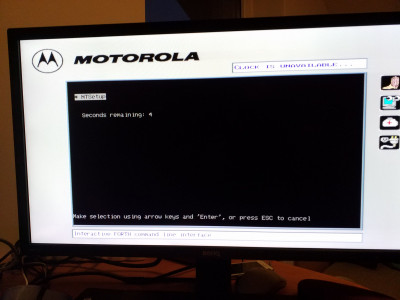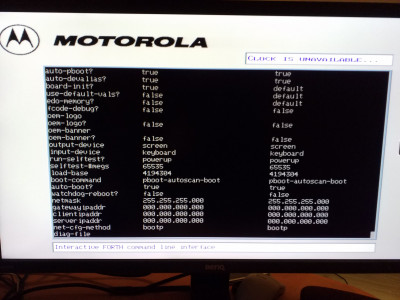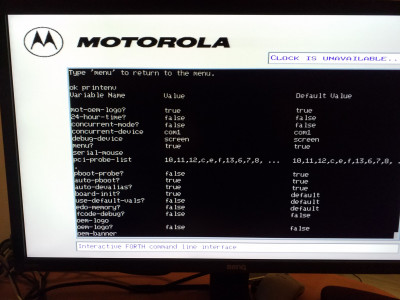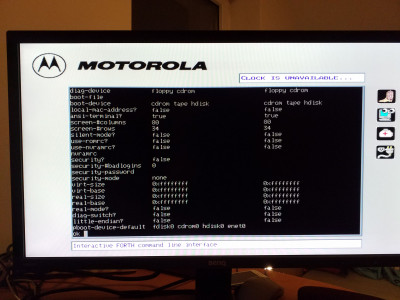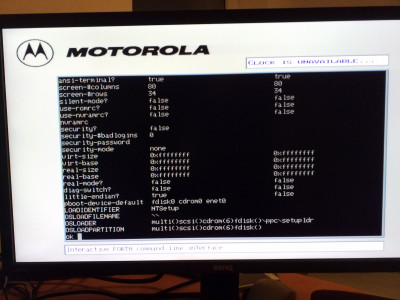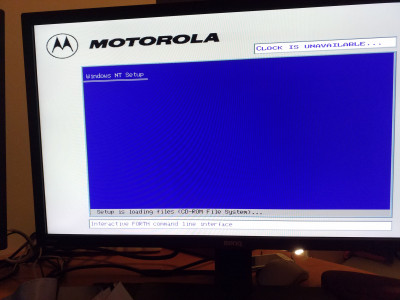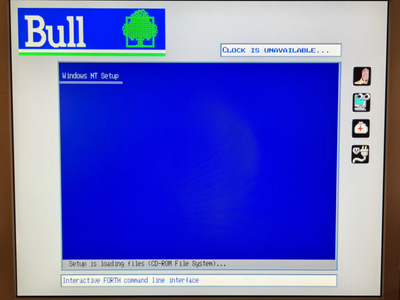To begin with, I just did it! In the end, it turned out to be quite easy. All I had to do is to use Motorolas fw.img and MKFLP386 on a virtual machine with NT on it to create a bootable disk with the firmware on it. It booted just fine and I was able to backup the old firmware as well as install the new one. You have to do this with the flash tool on the FDOS command prompt. After that, it is quite easy to install NT. You just need to look out for a few weird bugs in the firmware. This ( https://www.youtube.com/watch?v=ddOBOBZu_bg ) video was quite helpful in that matter.
The last thing that I just did was to upgrade this machine to 256MB RAM and a whopping 1MB of L2 cache. Turns out that the components that I got with these other IBM RS/6000 boards just work fine on the Motorola. Now I just need to find an enclosure for it...
If anyone (I hope sorrow reads this) wants to do this on their own machine, you can save some time and just use the mr_fw_bootable.7z that I posted here. Just dd the image in it to a floppy disk. Then you need another standard-formatted floppy on which you just copy the Motorola fw.img (It can be found on archive.org, but I have uploaded it here as well, just to be safe). Then boot with the bootable disk, open the FDOS prompt and use the flash tool to backup ("flash /A backup.img") your old rom as well as to flash the Motorola firmware ("flash /R fw.img").
So it was left up to the OEM to provide all the information about it. Since this got system/firmware specific, unfortunately means you can't really use the mechanism in other OF machines, as OpenBios/OpenBoot/MacOS/AIX ones. At least not without have to rebuild VEENER/HAL for them. You still can read some bits of VEENER in github's Mitch Bradley OF dump (actually a dump of original's Firmworks tree).
That is quite interesting, thanks for posting that! I think I will use some more time to study that in the future.
Don't forget backup your firmware version, as i haven't seen recoveries for the Bull Estrella out there.
I attached it here, it is in the bull_of.7z file. If anyone wants to flash it: Boot into the Motorola firmware (possible with the bootable disk, that I also also provide here) and use the flash tool o the FDOS prompt. Probably there are a lot of other ways to do this, but of this one I know that it works.
There isn't any problem at all. It loads all the files fine, but breaks in NTOSKRNL early-init stage (phase0). Most probably is due PowerStack-II HAL being incompatible with OpenFirmware (seems HAL in these systems was modeled around Motorola propietary FDOS(ARC) firmware, so the HAL knows nothing about OF or VEENER (VEENER and HAL share code). There isn't much can be done, except maybe build a new OF-aware compatible HAL for the system. Time to seek in ReactOS code 😀 .
Yeah, that is the conclusion to which I came as well 😁 I guess it is kind of a surprise that the setup process even proceeds to this point.
